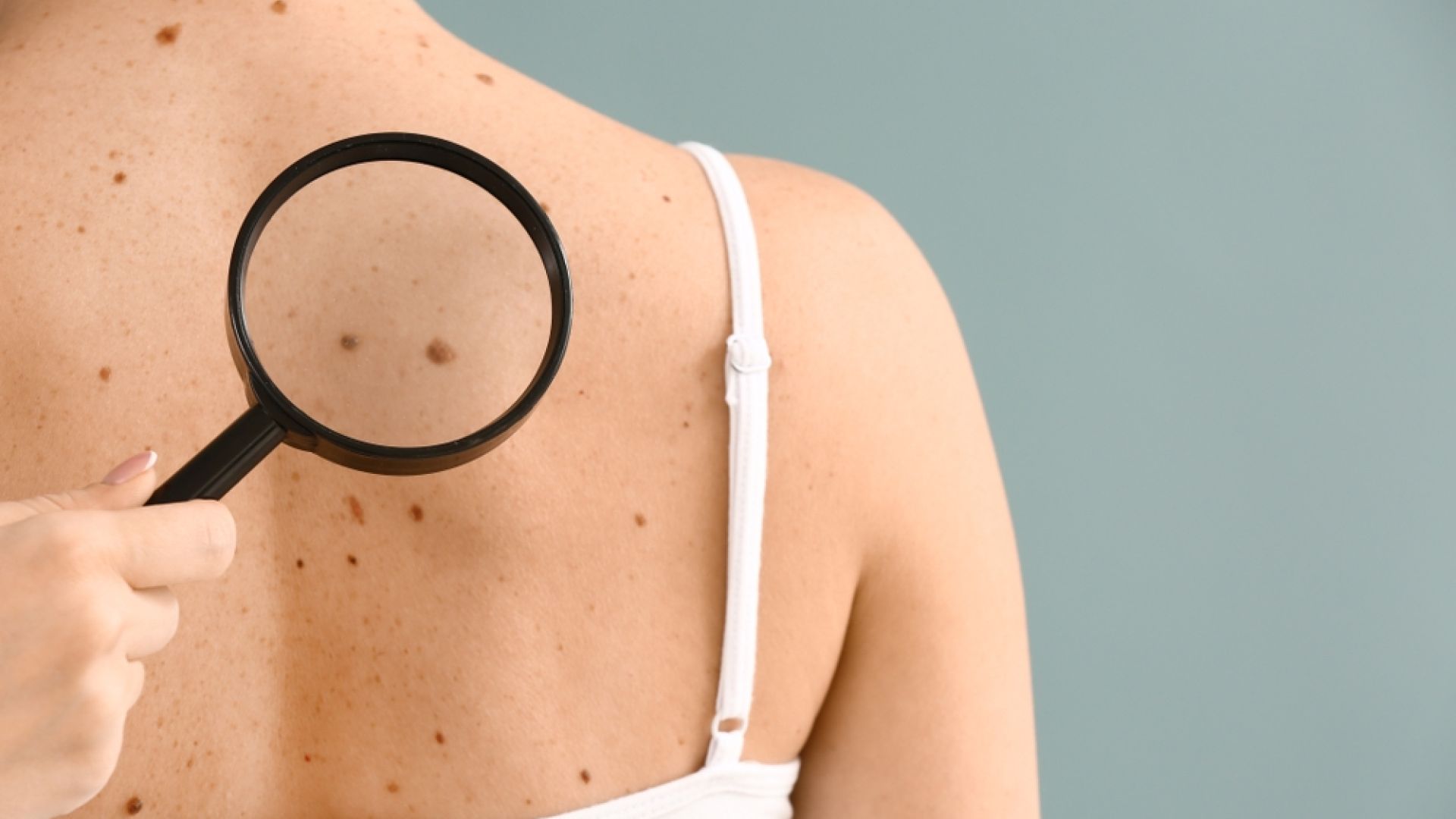
Basal Cell Carcinoma – Statistics, Risks and Treatments Available
Basal cell carcinomas are the most common type of skin cancer making up 70% of all non-melanoma skin cancers. They are usually slow growing and may present as a non-healing sore or raised pearly lump often in sun exposed areas especially the head and neck. These cancers can invade deeper structures (cartilage, bone, nerves) but they rarely metastasize.
What Is Basal Cell Carcinoma?
Basal cells are situated in the lower part of the skin’s epidermis in the basal cell layer. They sit underneath the squamous cells (which are in the surface layer of the skin) and are constantly dividing to produce new cells and replace old squamous cells that wear off on the skin’s surface. As they move their way upwards, they get flatter, eventually becoming squamous cells.
Skin cancers that start in the basal cell layer are called basal carcinomas. Squamous cell and basal cell carcinomas are often grouped together and referred to as common skin cancers or non-melanoma skin cancers (NMSC). The main difference between basal cell carcinomas and squamous cell carcinomas is the layer of the skin in which they develop.
They can appear anywhere on the body but in most cases we find them on the head, face, neck, shoulders and back which have the most sun exposure. There are often have no symptoms and when they do appear, they look like a pearly lump or a pink or red scaly and dry area.
Surveillance of your skin and regular skin check-ups to monitor any changes and detect cancers well before they become a problem is important. The early detection of a BCC leads to an excellent prognosis but if they are allowed to evolve, management can be more difficult leading to larger more complicated procedures and significant morbidity. It is important your skin lesions are examined by a trained person with the use of a dermatoscope.
Please make an appointment with our clinic if you have concerns.
The symptoms of basal cell carcinomas include:
- A slow growing lump
- A lesion that is skin coloured, pink or pigmented (black ,blue or brown)
- An unusual lesion that is a few millimetres to several centimetres in diameter
- A lesion that bleeds or becomes sore for no reason
- Depression or ulceration across the surface of the mole
- Pearly appearance
Basal Cell Carcinoma Facts And Statistics
From SunSmart Australia:
- Basal cell carcinomas are the least dangerous of the skin cancers and the most easily treatable
- They grow slowly and generally don’t spread to other parts of the body
- If they’re not removed completely, they can grow back in the same place
- Non-melanoma skin cancers accounted for 25% of all cancer related hospitalisations
- Skin cancers account for around 80% of all cancers
- Australia has the highest rate of skin cancer on the world
- Over 90% of skin cancers in Australia are caused by exposure to the sun
- There are different types of BCC – Superficial, Nodular and more aggressive types being Infiltrative, Morpheaform or Micronodular.
What Increases The Risk Of Developing Basal Cell Carcinomas?
As with most skin cancers, we have found similar predisposing conditions or activities which increase the risk of basal cell carcinomas, such as:
- Over exposure to UV radiation mainly from the sun’s rays
- People with lighter skin, freckles, lighter or red hair
- Previous history of skin cancer
- Previous radiation therapy
- Compromised immune system which is not able to heal cancerous cells
- Certain medications
The majority of skin cancers are caused by too much exposure to the sun. If you’re a sun loving outdoors person, then getting regularly checked for changes to the moles on your skin is the best defence. Contact Skintech Medical to make an appointment with our clinic.
What Treatments Are Available For Basal Cell Carcinomas?
When caught early, these slow growing basal cell carcinomas are the most easily treatable and curable. We diagnose, monitor and treat the cancer and will develop a treatment plan best suited to the specific type of skin cancer.
The types of treatments available are:
Biopsy – this involves removing tissue from the mole or we may decide to remove the entire lump for testing. This may be enough to treat the basal cell carcinoma requiring no further action other than check-ups.
Surgery – minor surgery is a common and successful treatment for basal cell carcinomas. They are removed under a local anaesthetic and if the cancer is more advanced, some tissue around the lump may also be removed to ensure there are no cancer cells left. This is called excisional surgery.
- Mohs micrographically controlled surgery
- Electrodessication and curettage
- Laser therapy – this involves using a narrow laser beam to destroy the cancer cells.
- Freezing or cryosurgery – this treatment freezes cancer cells with liquid nitrogen and is useful for early stage or superficial skin lesions.
- Radiation – if surgery is not successful, we may use radiation therapy which kills cancer cells using x-rays.
- Photodynamic therapy where there is use of photosensitizing agent (cream) is used followed by exposure to a certain wavelength of light
- Topical Therapies such as Imiquimod Cream
Check, Diagnose, Monitor And Treat At Skintech Medical In Victor Harbor
At Skintech, we have a number of accredited and dedicated Skin Cancer Doctors with extensive training through the Skin Cancer College of Australasia.
You’re in your skin for the rest of your life and if you love the outdoors, then we’ll support you to stay healthy and well while enjoying the sun.
We have many years of experience with the latest technology to diagnose, monitor and treat skin cancers and lesions.